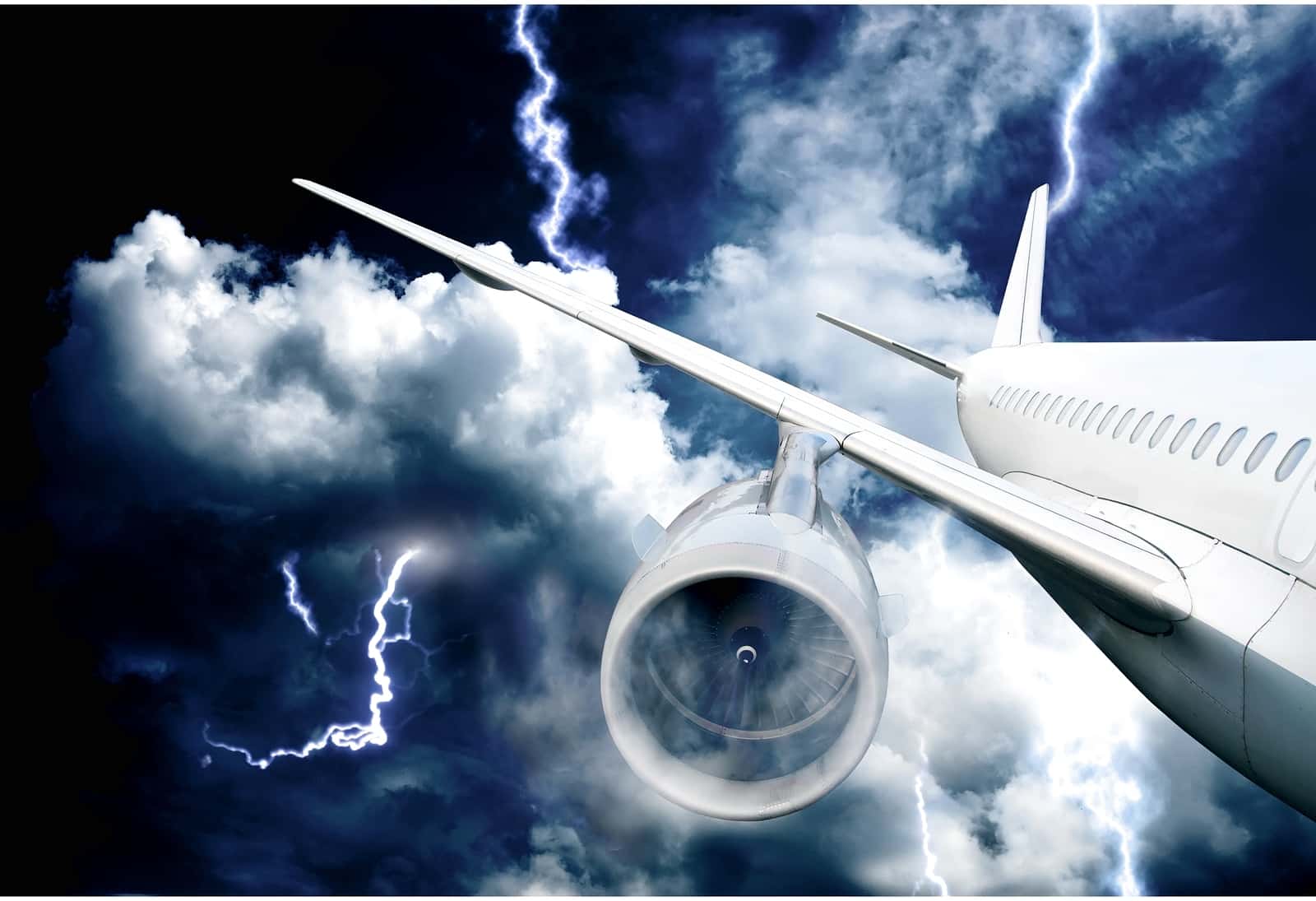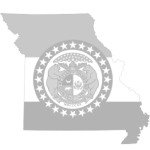
 As a brand looking to make your everlasting mark on the world, the digital space can do one of two things: Rocket your business far beyond the stratosphere of web domination or drill your organization deep below the mantle of financial feasibility, leaving nothing but the embers of what could’ve been a successful business singeing in its wake.
As a brand looking to make your everlasting mark on the world, the digital space can do one of two things: Rocket your business far beyond the stratosphere of web domination or drill your organization deep below the mantle of financial feasibility, leaving nothing but the embers of what could’ve been a successful business singeing in its wake.
For United Airlines, the latter – even if for only a brief moment in time – has become their reality...
For those who aren’t yet familiar with the unfortunate tale that features one of the nation’s most recognized air transportation services, it goes a little something like this:
“In a statement, [United Airlines] said four crew members needed to get to a flight departing from Louisville otherwise it would be canceled. Passengers on the Chicago-Louisville plane were asked to give up their seats voluntarily. When no one volunteered, the airline was forced into an "involuntary de-boarding situation," airline spokesman Charlie Hobart told CNN. Four passengers were selected, including the man in the video.” — Man filmed being dragged off United flight causes outrage in China; CNN
What proceeded after United Airlines’ “involuntary de-boarding” request resulted in a man being forcibly dragged off the airplane to make room for the aforementioned crew members. To add insult to injury, the entire event was filmed and posted to the world wide web for all to see.
Some of life’s lessons are hardest learned through direct experience; the same goes for business acumen. Regardless of your professional industry, aspirations or goals, here are three things every organization can learn from this week’s United Airlines mishap...
The first rule of building a successful business is to understand and respect your customers’ needs. Without the support of loyal customers, your brand cannot exist.
In the case of United Airlines, there may have been a viable reason to politely ask a number of passengers to vacate their seats. However, the way the situation was handled does not bode well for customer satisfaction, customer loyalty and/or company perception.
In juxtaposition, a competing aerial transportation service, Delta Airlines, was recently confronted with a similar scenario, yet the outcome was markedly different: When Laura Begley Bloom and her family volunteered to give up their seats on an overbooked flight, they were rewarded thousands of dollars by Delta Airlines to make up for the inconvenience.
As of this year, there are 7.5 billion people who walk the globe. As of 2015, there were 2.6 billion smartphone users spanning the world, a number that is expected to climb to 6.1 billion users by the year 2020. That means approximately 70 percent of the Earth’s population have an internet-connected computer attached to them at all times. This computer is capable of taking photos, snapping video and posting it all to the web in a matter of seconds.
In the digital age, everything your brand says, does or is associated with can and will be recorded, shared and replayed for the world to see over and over again. Thus, it is critical to your brand’s image to navigate every situation – both positive and negative – with the assumption that it will be reviewed and scrutinized by thousands, if not millions, of people. A failure to consider this could result in a viral escapade capable of injuring your brand’s public perception.
In some cases, business faux pas that get smeared across the internet are inevitable. In these instances, it is imperative that you have a digital crisis plan ready to be put into action. At this final, yet crucial stage of salvaging your brand’s public image, your main priority should be to minimize the damage caused by the event in question.
In your digital crisis plan, consider how you should analyze and respond to the incident, both internally and externally. Ask yourself the following questions:
- What words of support can I offer to my employees that will strengthen their trust in my brand?
- What apologies can I offer to the victim(s) of such the event in question?
- Should I offer the victim a free incentive to use my product or service again in the future
- Should action be taken to punish those responsible for turning my brand’s customer into a victim?
Remember, your brand is nothing without the customers who support it. The longer your brand is perceived with negative connotations, the more likely existing and future customers will be driven away. Thus, proper damage control of such an event is key to your brand’s continued existence.
The digital space can make or break your business. As an ambassador of your brand, it is imperative for you to always consider how your business can best be portrayed online and in real life. In the case of this United Airlines mishap, one questionable event has only been worsened by continued missteps involving the three points listed above.
To read more about the United Airlines situation as it unfolds, or to see how quickly the digital space can turn against a brand that fails to execute a stable crisis strategy, visit the trending hashtag on Twitter, #NewUnitedAirlinesMottos.
























